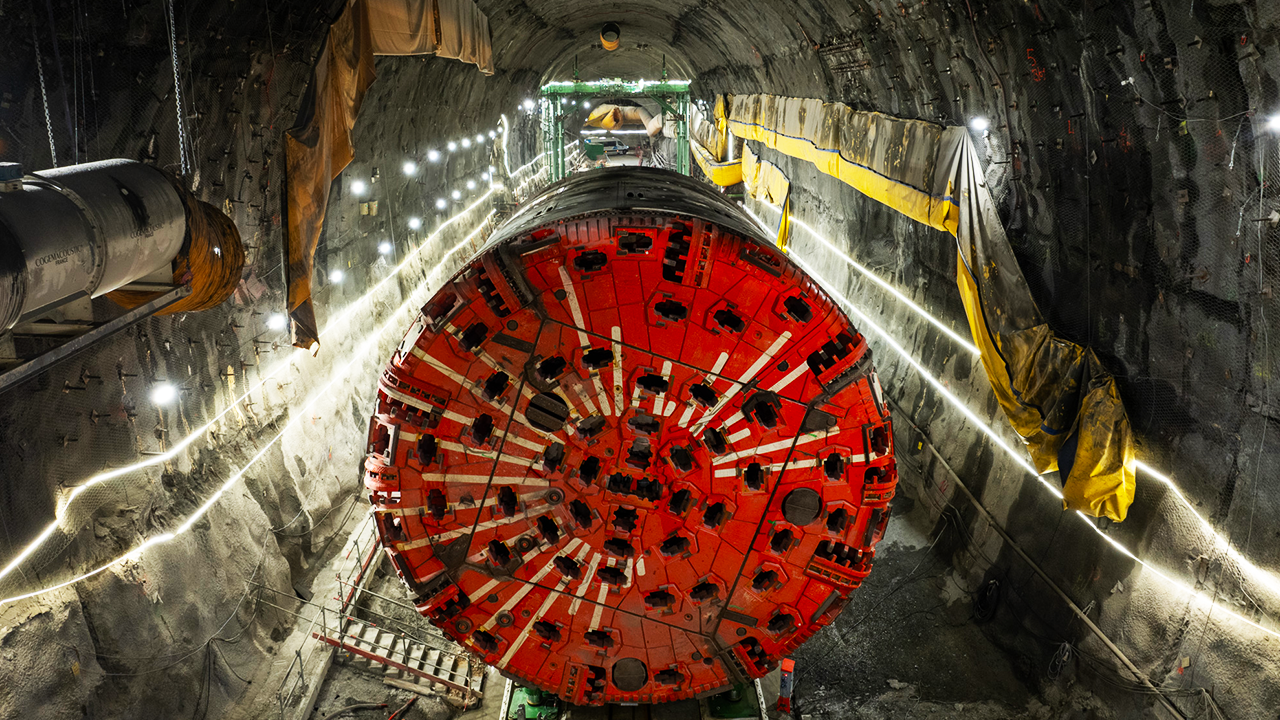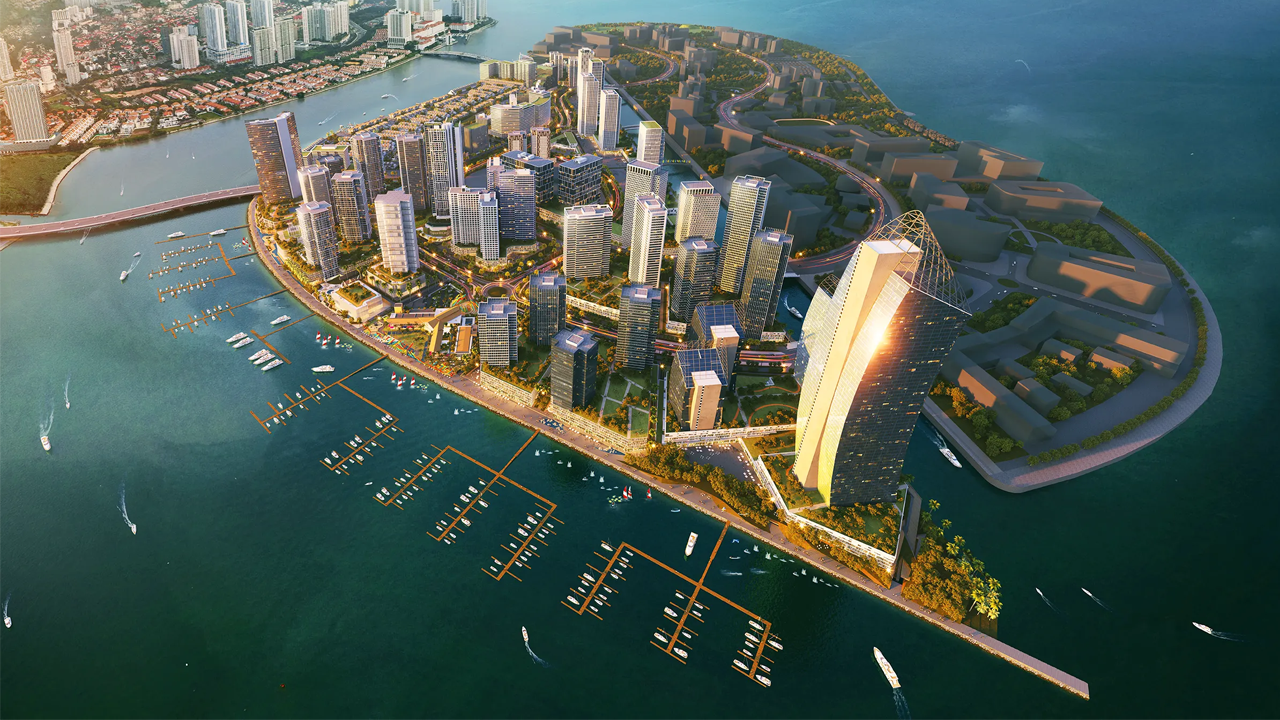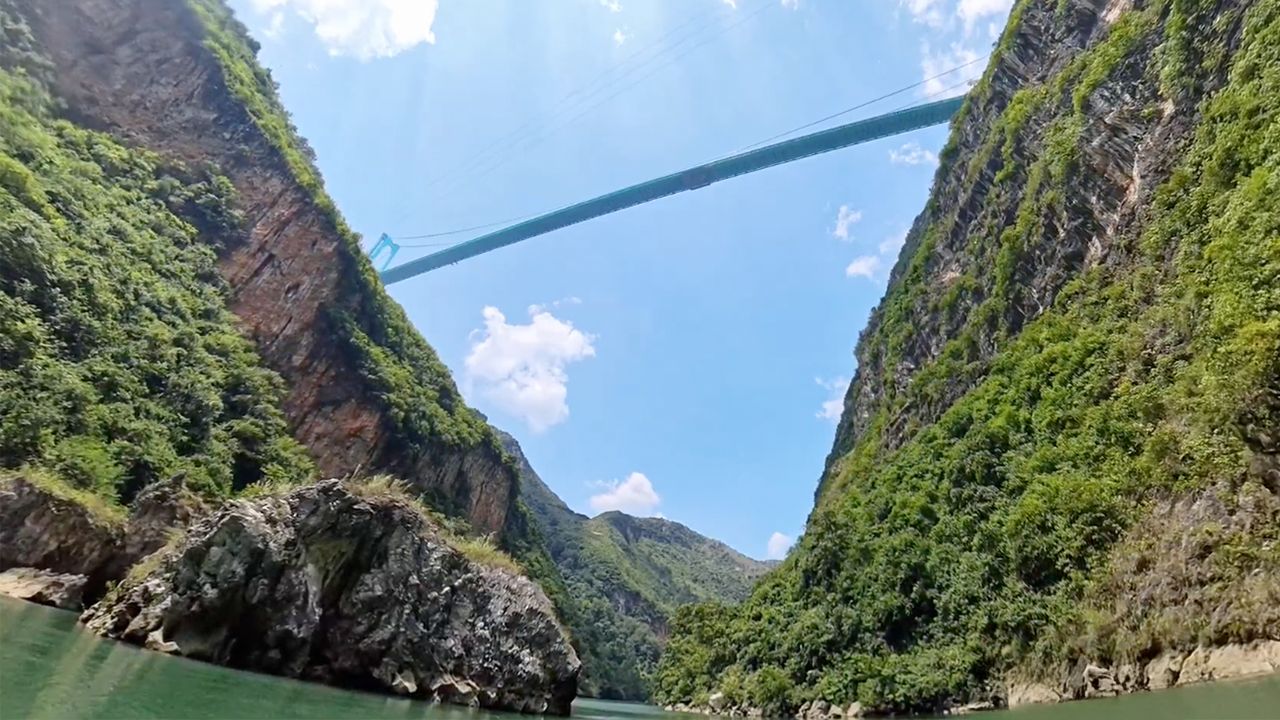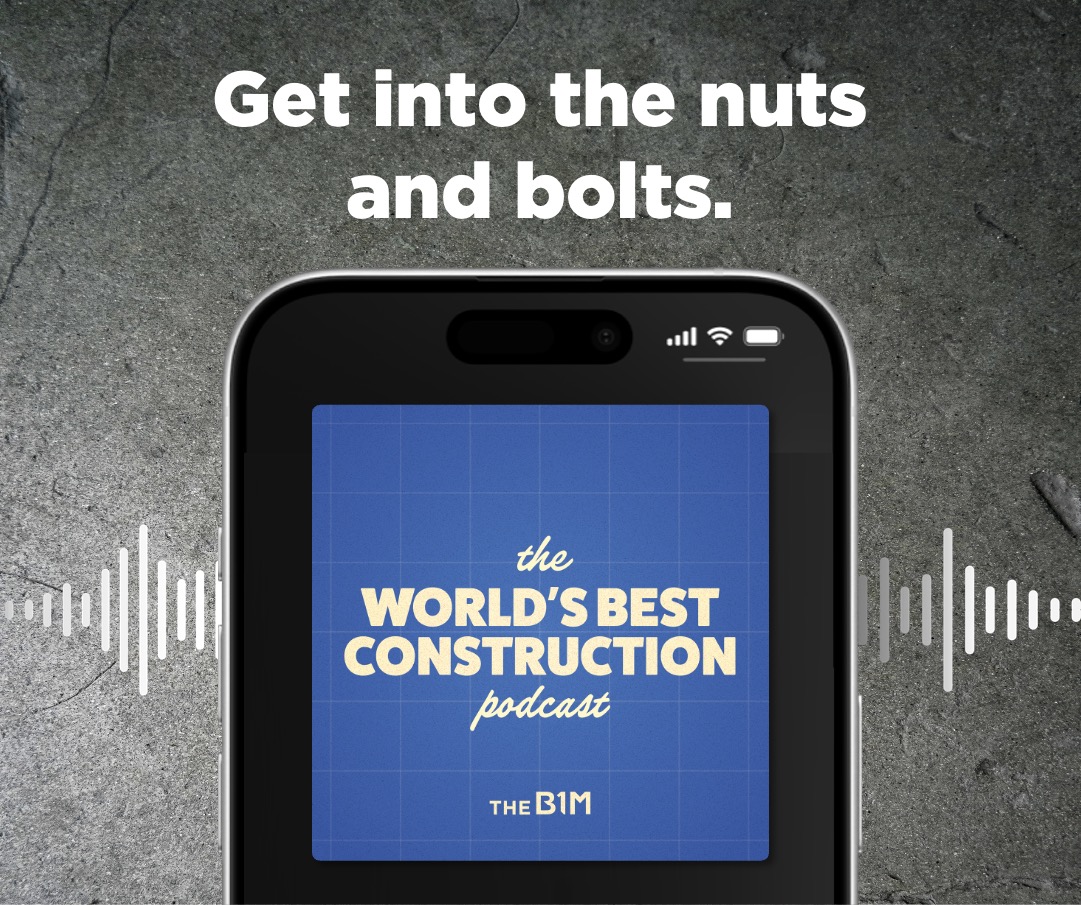Why Europe is Building a $34BN Transport Mega-Hub
- Youtube Views 1,916,932 VIDEO VIEWS
Video narrated and hosted by Fred Mills. This video contains paid promotion for Ground News.
EUROPE is undergoing an infrastructure overhaul.
Started in the 1990s, the Trans-European Network for Transport, or TEN-T, is a plan to connect the continent through a series of roads, railways, air paths and waterways.
Europe’s made up of 44 countries, 29 of which are part of a special group called the Schengen Area. It’s the biggest zone of visa-free travel in the world facilitating a continent of weekends away and international business trips. That makes good travel connections a real necessity.
A successful TEN-T sees the 27 EU countries, plus Switzerland, Norway, Ukraine, Moldova, Turkey and the Western Balkans connected seamlessly.
Right at the heart of Europe and its travel infrastructure is Poland and so where better to build $34 billion dollars worth of transport HQ and high-speed rail, fit to connect a continent?
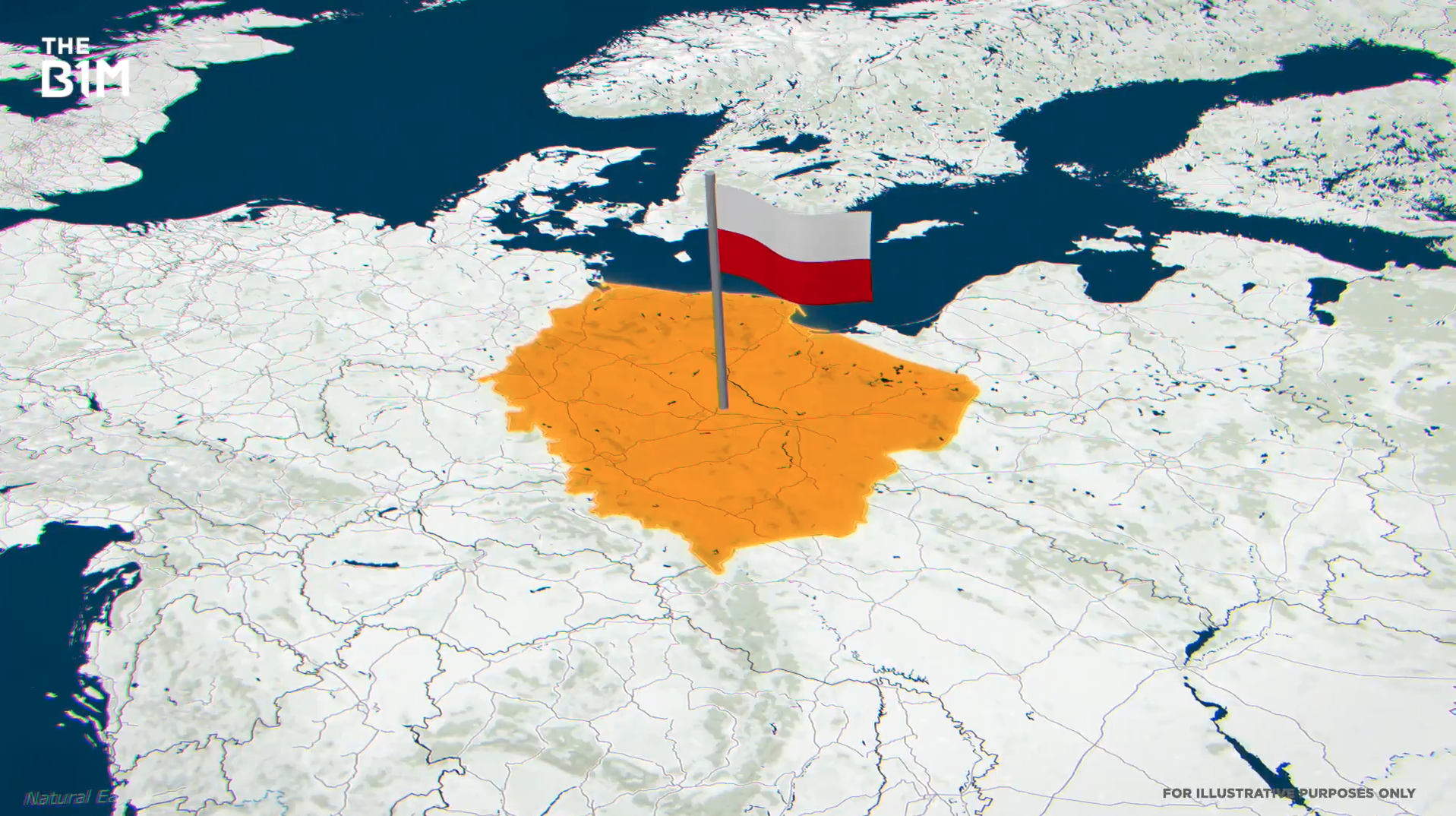
Above: Poland is one of Europe's most central countries.
The hub is called the Central Communications Port. Catering to air, rail and roads galore, this is Poland’s largest ever infrastructure project and the nation’s government has given it a big thumbs up.
This is Poland’s new mega-transport hub and the plan to make it the lynchpin of European travel.
This is Poland
Poland is bang smack in the middle of Europe and this port, known as CPK, or formally the Solidarity Transport Hub, will be 25 miles west of Warsaw, right in the middle of Europe's most central country.
It’s the ninth biggest nation on the continent and has a grand total of seven bordering neighbours. It’s the perfect location for a swanky new transport hub.
But that central location hasn't always been a positive - the 20th century wasn’t kind to Poland.
After the destruction of the Second World War, Poland’s material losses reached around $48 billion - and that’s pre-war dollars. The country fell under Soviet rule during the Cold War and debts soared once again.
The fact Poland has bounced back and now stands as one of the most solidly performing economies in Europe is testament to its endeavour. With CPK, the nation could move from the upper mid-table towards the very top of the tree. At least, that’s the aim.
But a few key questions jump out, starting with, ‘why is this needed?’
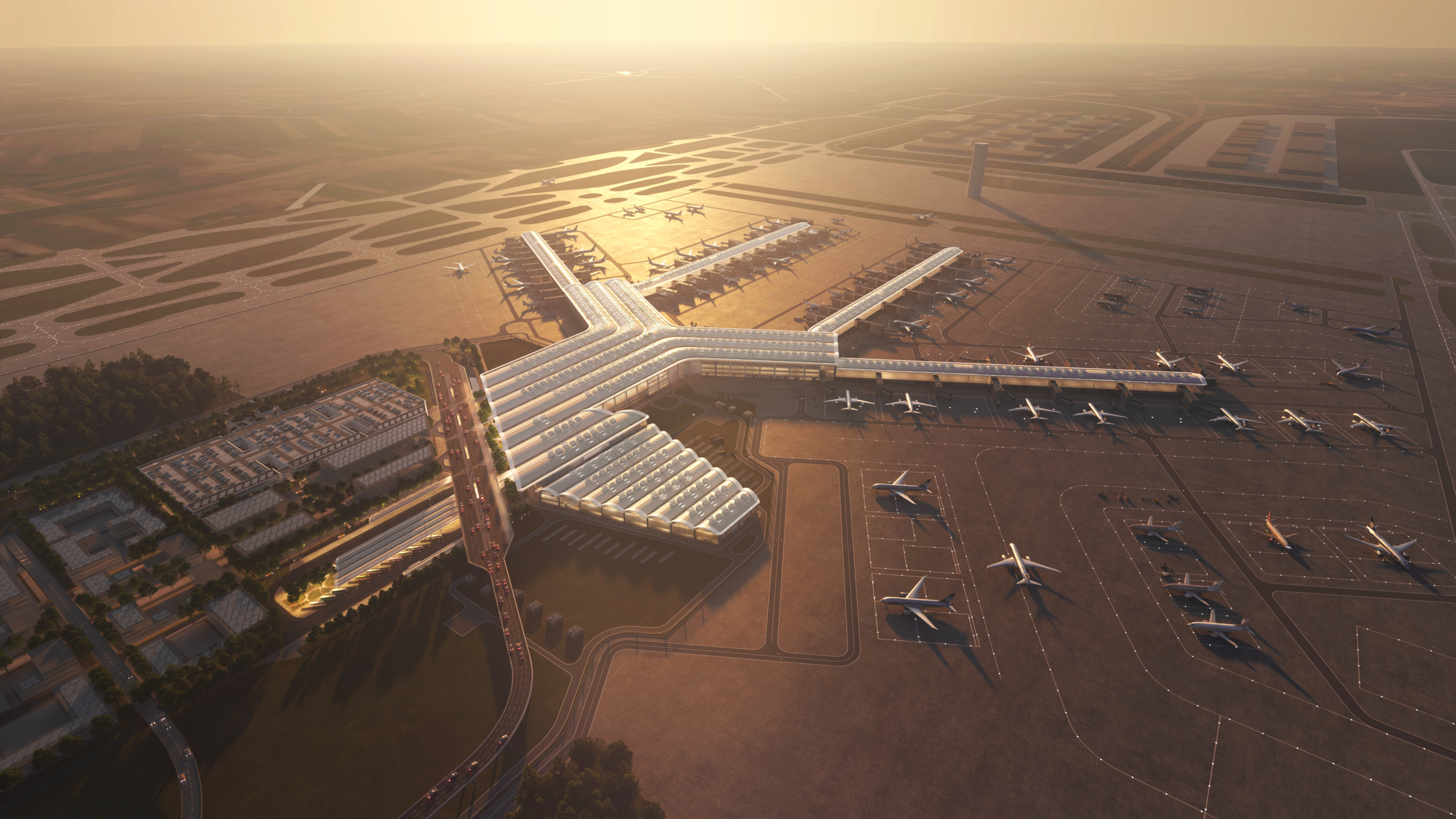
Above: The vision for CPK (courtesy of Foster + Partners).
The Poland problem
Chopin Airport in Warsaw is the biggest and busiest in the country. Last year it welcomed a record 21 million passengers through its gates and it’s set to undergo an expansion to allow 30 million by 2029.
But like any airport built in a city, it’s limited by its boundaries and faces an overnight curfew of limited operations. Poland’s in need of a new central airport to be the face of travel in the country.
Part of the reasoning is the lofty ambitions of LOT, the nation’s main carrier. It wants to expand its long haul services to become one of the key players in world aviation but given Chopin’s space problem, the airport can’t meet the company’s aims.
But it’s not just about economic potential, it’s also about what this means for the country’s residents. The team at CPK say that 300,000 people around Warsaw are impacted by flights at Chopin and that means noise pollution.
Meanwhile, this new port will be built on a greenfield site covering nearly 2,600 hectares of largely rural land. That’s double the size of London Heathrow and nearly 20% bigger than JFK.
The potential here is huge.
Around 90% of the houses nearby have already been bought through the Voluntary Acquisition Programme to create space for the port and modelling by the CPK team shows noise from the new facility will impact about 20,000 people, which is 15 times less than Chopin.
The ambition is clear and you can understand what it could do for Poland. But what about Europe as a whole?
Poland's plan to connect Europe
The continent has a few big transport centres but most of the biggest and busiest airports are in the west. As a central cog, Poland wants to connect central and eastern Europe.
A key strand of achieving that aim is the Y-line - 480 kilometres of high-speed rail, connecting key cities. It’ll feature the longest tunnel in the country at 4.6km long, dug out underneath the city of Łódź using a Tunnel Boring Machine.
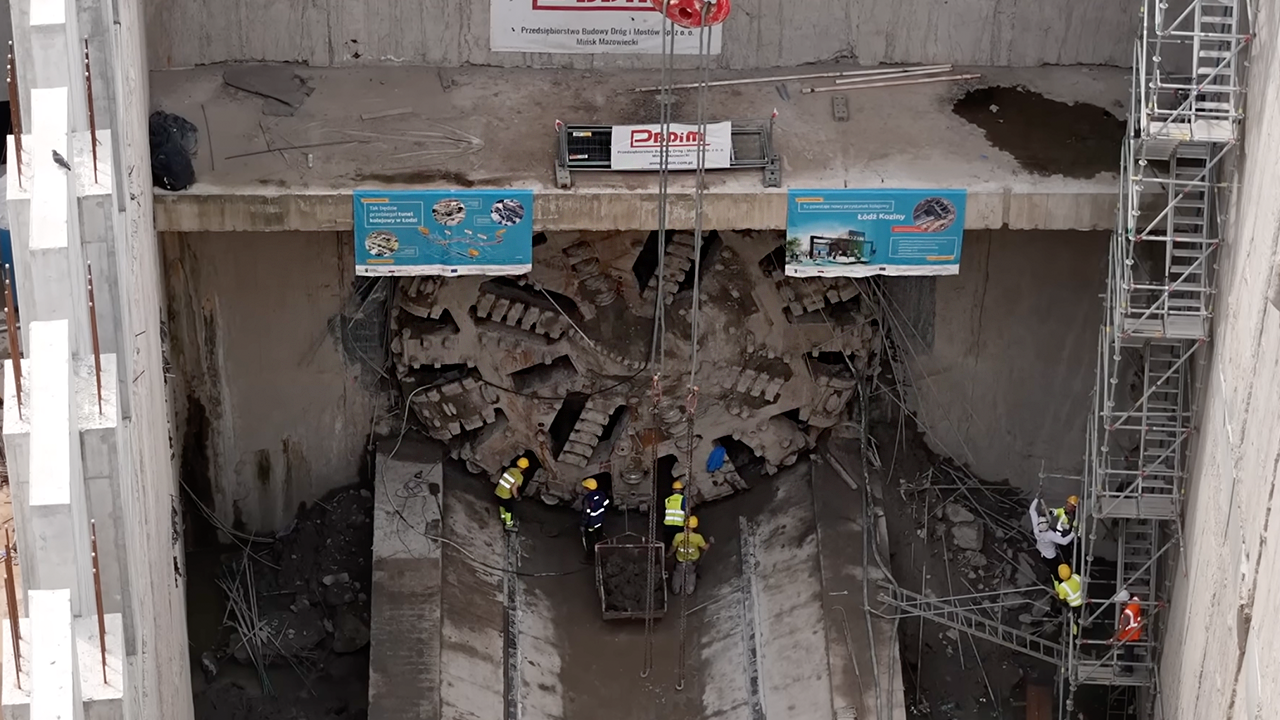
Above: Poland's longest tunnel is currently under construction in Łódź (courtesy of Awizonosz)
It’s part of the ‘Poland in 100 minutes plan’, with trains travelling 200 mph to make zipping around the country as easy as possible. The line will then connect to the Czech Republic and onto the under construction Rail Baltica, creating easy links to Lithuania, Latvia and Estonia.
This really could become one of the best connected nations around.
The Y-line’s main hub will be located at CPK, the brain connecting the whole operation. At its heart is a fresh new airport, designed by Foster + Partners, in collaboration with Buro Happold and it needs to be prepared for bucket loads of people, as Grant Brooker, director of Foster + Partners explains:
"With a large-scale terminal like this, the volume of people passing through will be somewhere between one and two passengers a second, every second of every hour of every day, 365 days a year. But of course passengers aren’t arriving one and a half passengers per second, they’re arriving sometimes in thousands of passengers within a few minutes and within an hour."
Just the airport alone will cost $12 billion, funded largely by Polish capital and some EU injections, and the fact this gained EU support shows the potential this project has.
It’s an intermodal model, meaning it operates multiple transport types. Phase one of the project will include two parallel 1.7 mile (3.8km) long runways set 1.6 miles (2.5km) apart.
At this point, the port will be ready to welcome up to 40 million passengers each year.
The site then includes a bus terminal, a rail station and an airport terminal, all connected by a central hub so that your travel journey is straightforward.
But here’s where things really spice up - it all needs building at the same time.
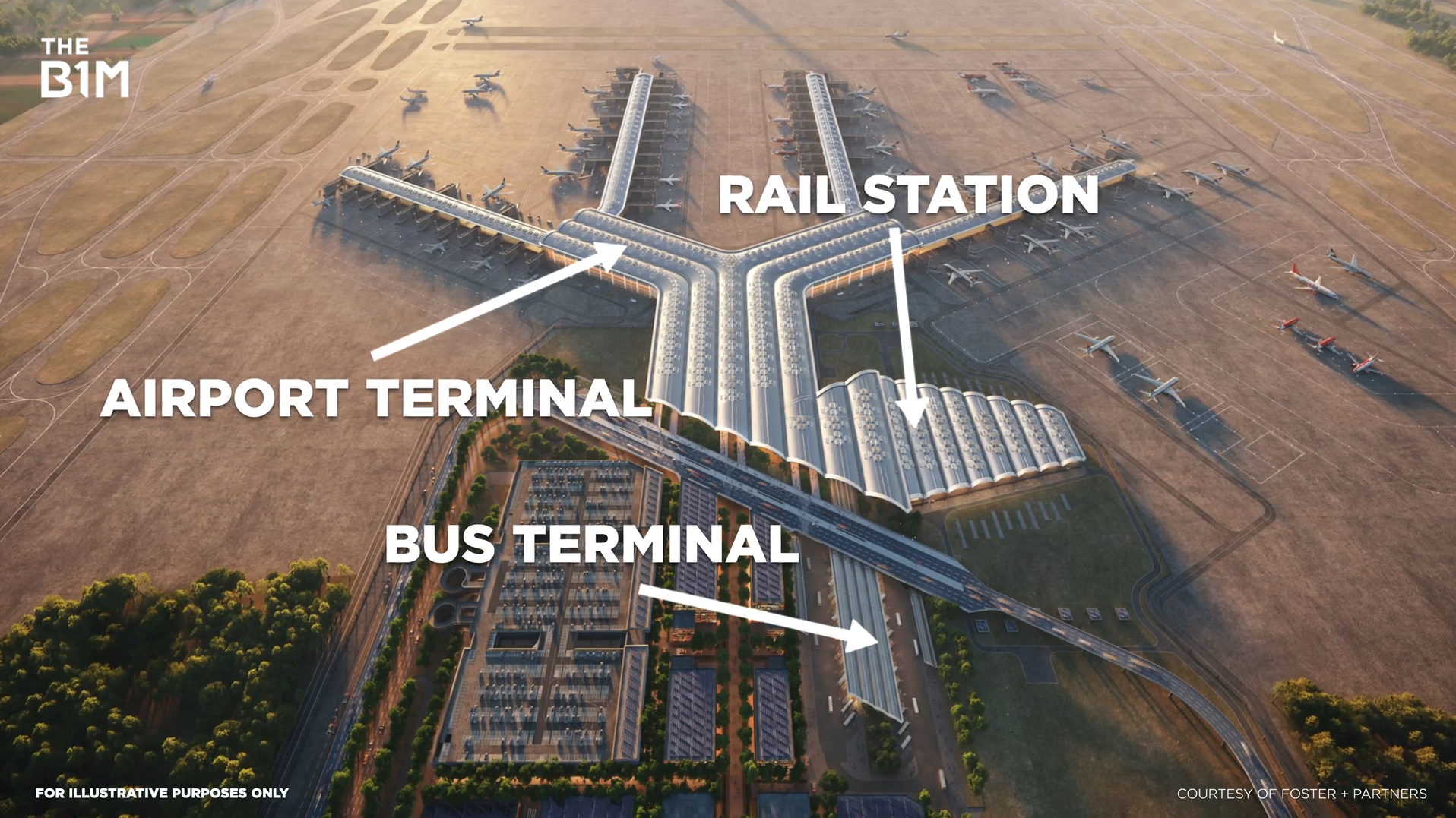
Above: The CPK travel port comprises multiple facilities, connected by a central hub (courtesy Foster + Partners).
Building Poland's mega-hub
CPK is more than just a transport hub, it’s hundreds of kilometres of high-speed rail and that’s already under construction in Łódź, connecting to CPK, then onto Warsaw and come 2035, onto Sieradz, Poznan and Wrocław.
The Y-line needs somewhere to go and so a tunnel needs to be created to connect it to the travel hub. It’ll be broken into four sections measuring 450 metres to the east, then another section towards the port building around 800 metres. There’ll then be another 1,200 metres of tunnel underneath the main hub and 830 metres at the western end.
It’ll sit 14 metres deep, running underneath the runway and partially under the airport terminal.
It would be impractical to build each section of this port separately and then create big tunnels underneath and it all needs to open at the same time in 2032, so this site is going to become something to behold once construction starts.
And this is just the beginning.
$650 million will be spent on a new motorway interchange to access CPK and then three years after opening, the Y-line should be complete to a further three cities and beyond.
What’s really exciting is how this hub will transform. The design incorporates micro-flexibility, meaning it can be chopped and changed over the years and Grant Brooker says it will be:
"We design for the maximum and then we see how it sensibly reduces within that as we learn the demand for the kind of aircraft we’re using, how the building will respond, how the railway station needs to add platforms, how it will work up, where it will work through - all of those things start to come together and they will allow you to change and shift the building as it moves."
That’s important because capacity here could grow to a staggering 100 million people per annum.
It’s part of what sets this project apart. Quite a few European ports are created to specific dimensions and then over time as demand grows, they try to find ways to expand. At CPK, expansion for future need is already thought about. It’s working one, two and three steps ahead.
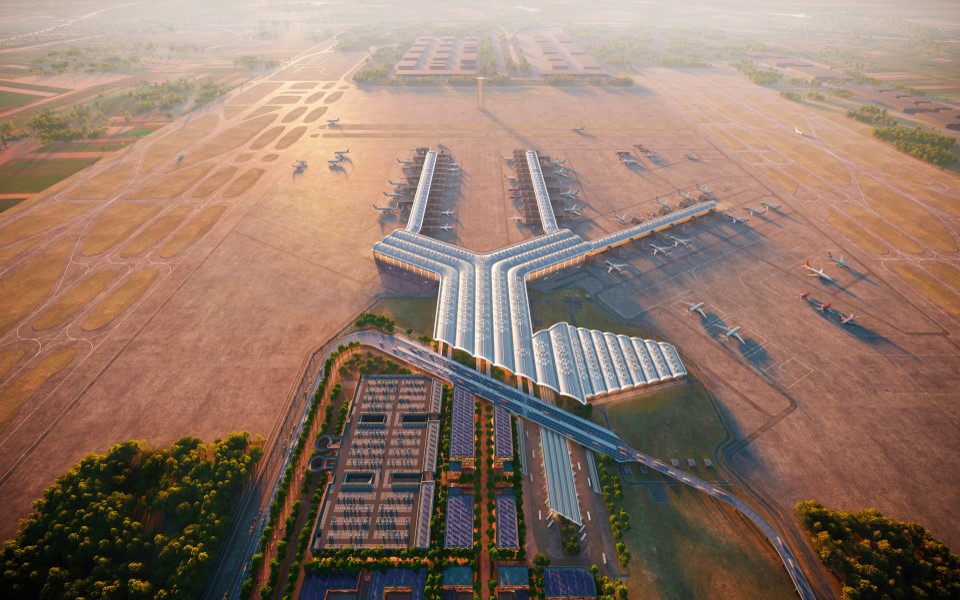
Above: This is how the CPK site will initially look (courtesy Foster + Partners).
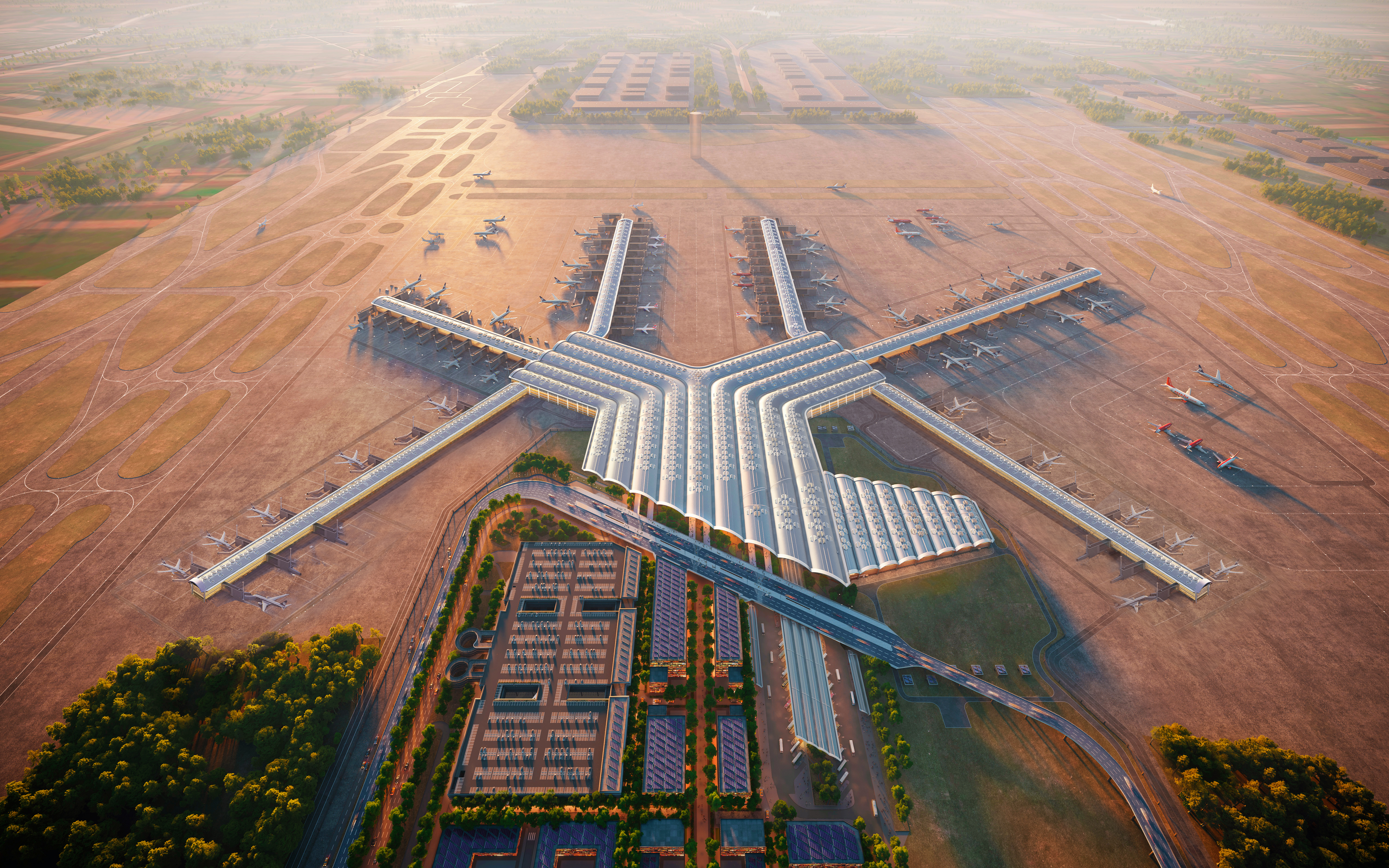
Above: This is how the CPK site is planned to look in years to come (courtesy Foster + Partners).
This port is going to be neighboured by two brand new cities. At the western end of CPK, beyond where the cargo will be kept, a Cargo City will be built, although not by the CPK team.
Then at the eastern end, an Airport City will be constructed. It’ll start just behind CPK, featuring a commercial centre but over time, will expand further east.
Challenges remain for CPK
Building permits don’t always come easy and it’s why the CPK site has been split into around 80 sections. For example, if 10 permits were to take longer to be granted than the rest, work could still begin on the other 70 sections of land.
But this was all cast into doubt in 2023 with the change of government. A pause and audit was called for, to review the project’s future. It was given the go ahead once again last year, albeit with some amendments to make the schedule more realistic.
What still remains in doubt is the future of Chopin Airport and what will become of it when CPK opens its doors. The assumption is that people will slowly move towards the new port over time, seeing Chopin’s passenger load shrink.
In terms of what comes next, there’s still a lot of work to do. The final homes on the CPK plot need buying, permits need approval and tenders need to be agreed for each stage of work.
With all that to contend with, we wish good luck to the team looking for a phase one launch in 2032.
This will be one of the largest transport hubs of its kind on the planet and it won’t just be game changing for Poland, but for the whole of Europe.
This video and article contain paid promotion for Ground News. Instantly access worldwide perspectives on issues that matter to you and save 40% on the Unlimited Access Vantage Plan.
Video narrated and hosted by Fred Mills. Additional footage and images courtesy of CPK, Foster + Partners, Dave “daviation” Isenor, Tomir, Konstantin Von Wedelstaedt / GFDL 1.2, Poland Daily Live, HrAd / CC BY-SA 3.0, Owl SP Trains, Awizonosz, DW News.
We welcome you sharing our content to inspire others, but please be nice and play by our rules.
